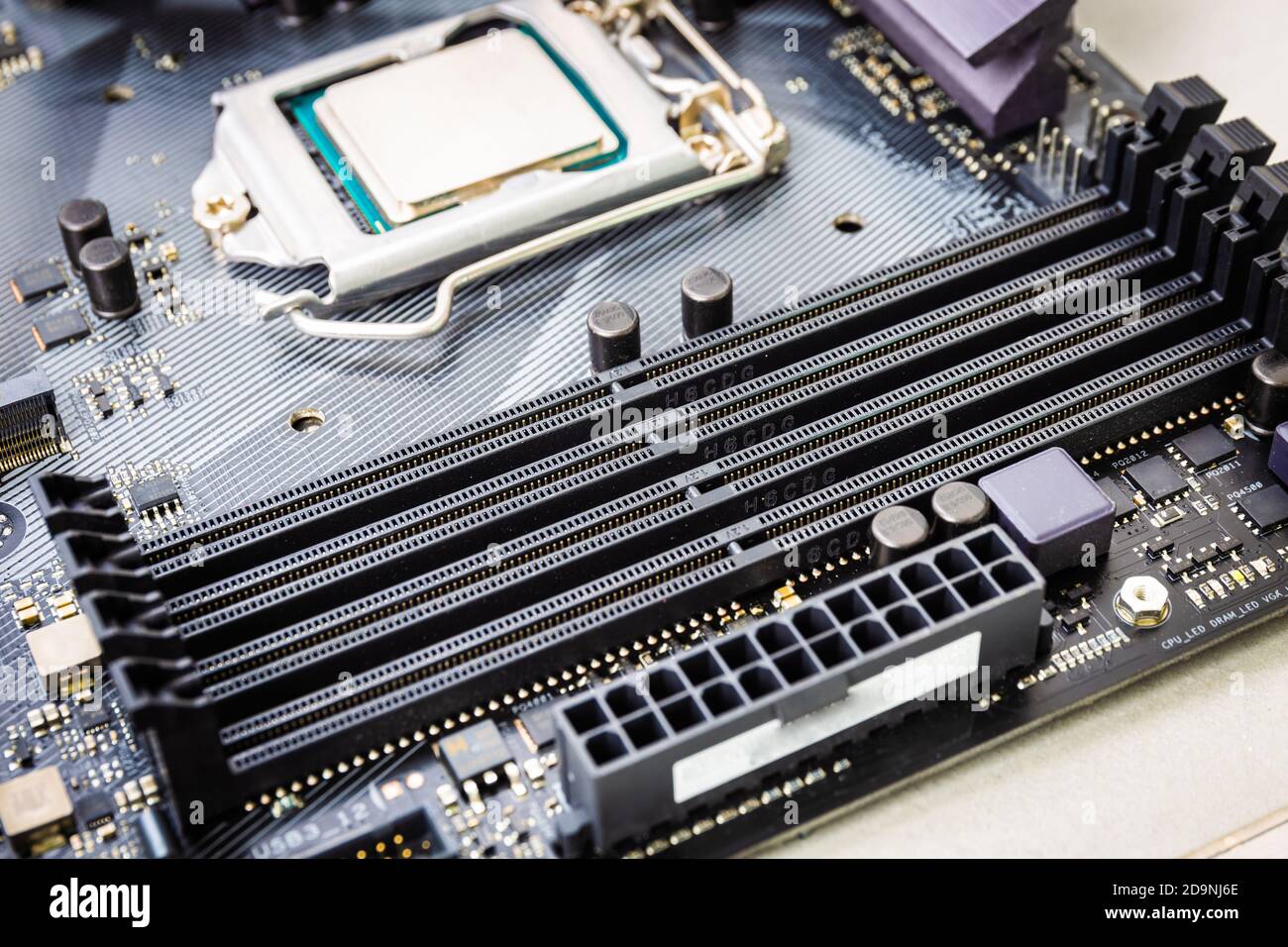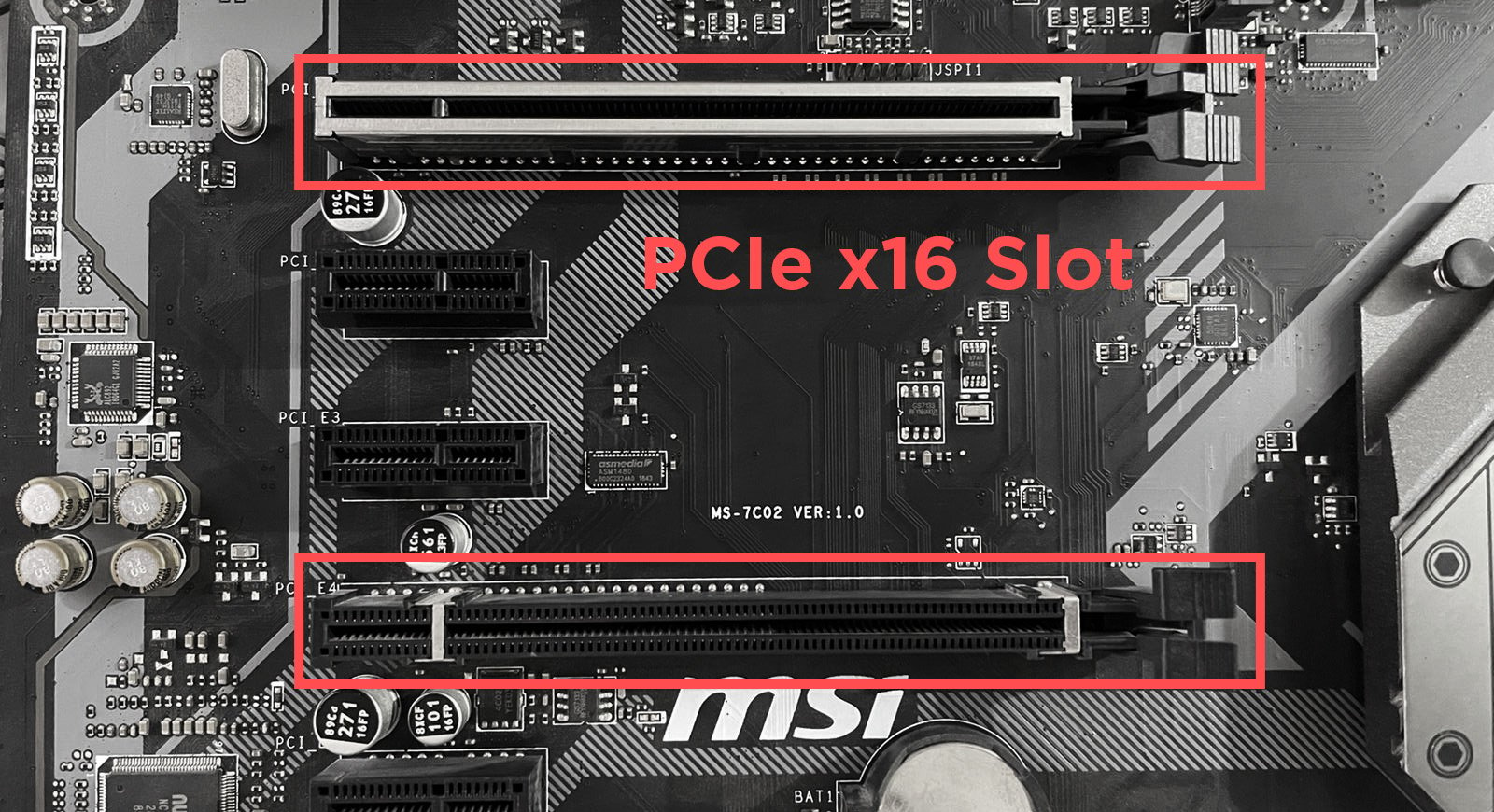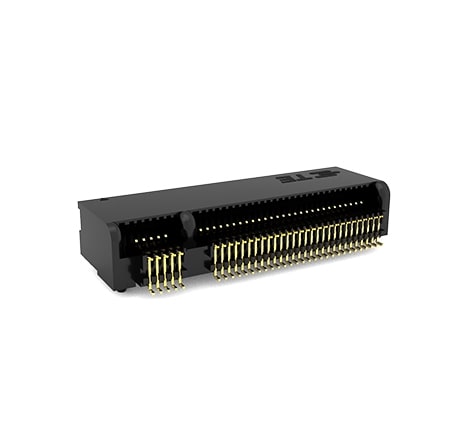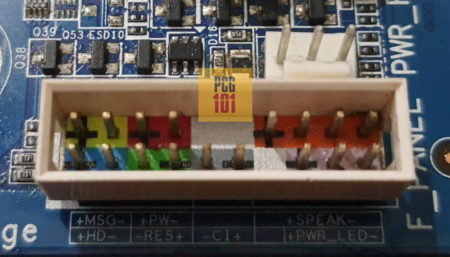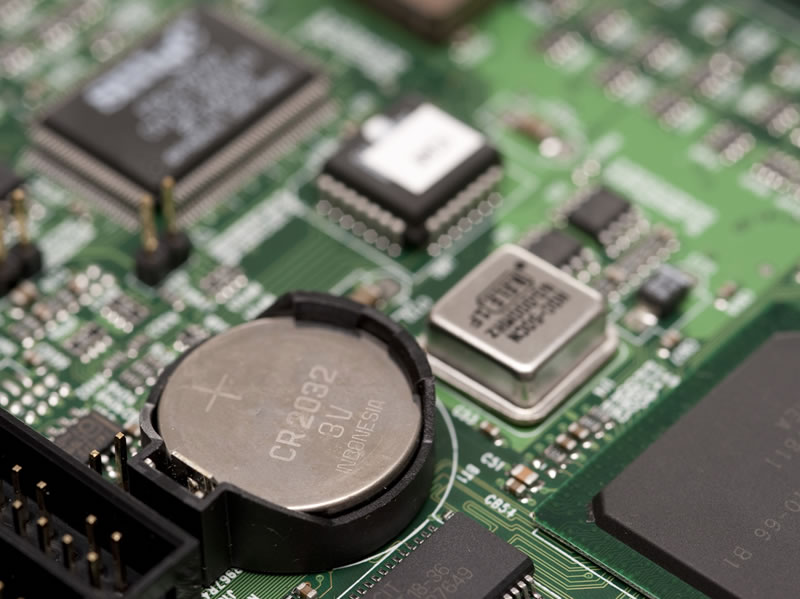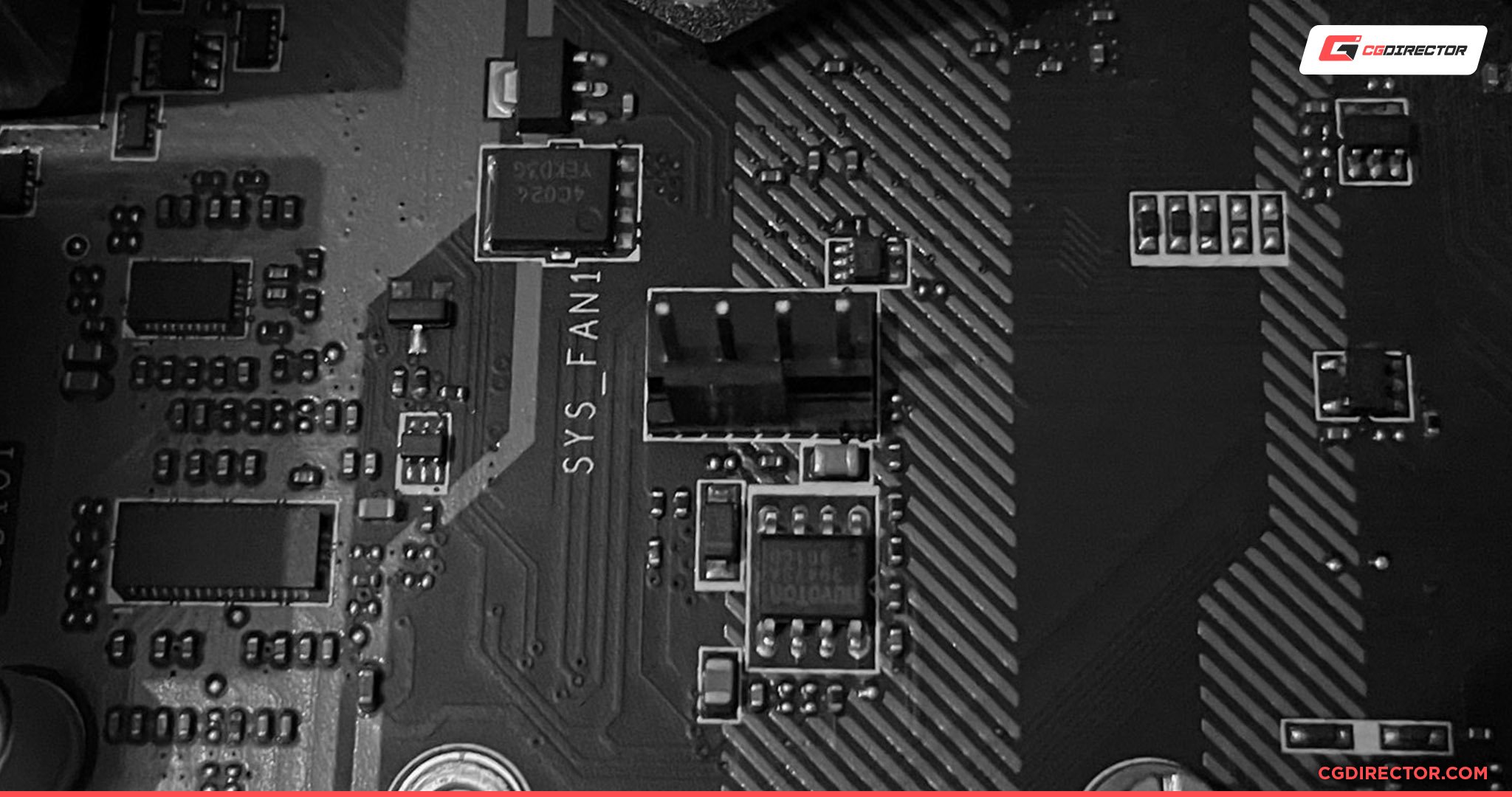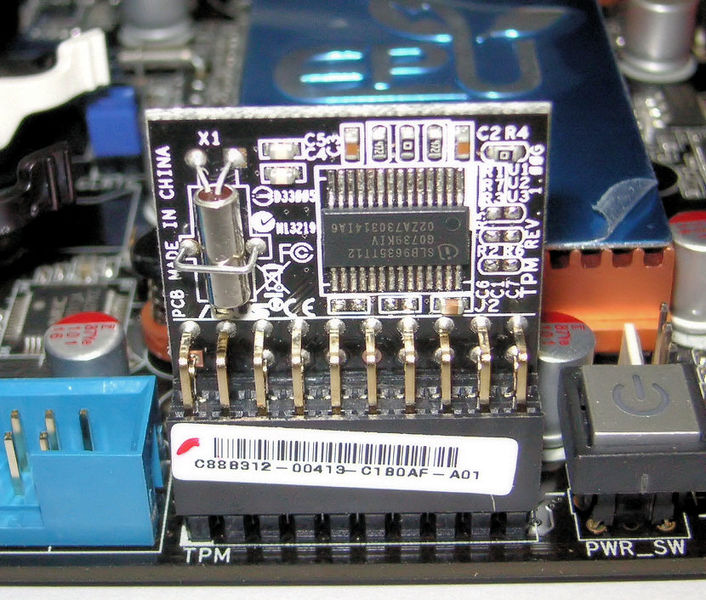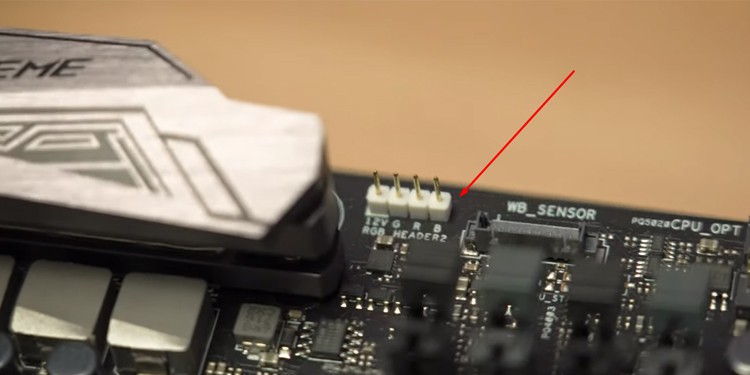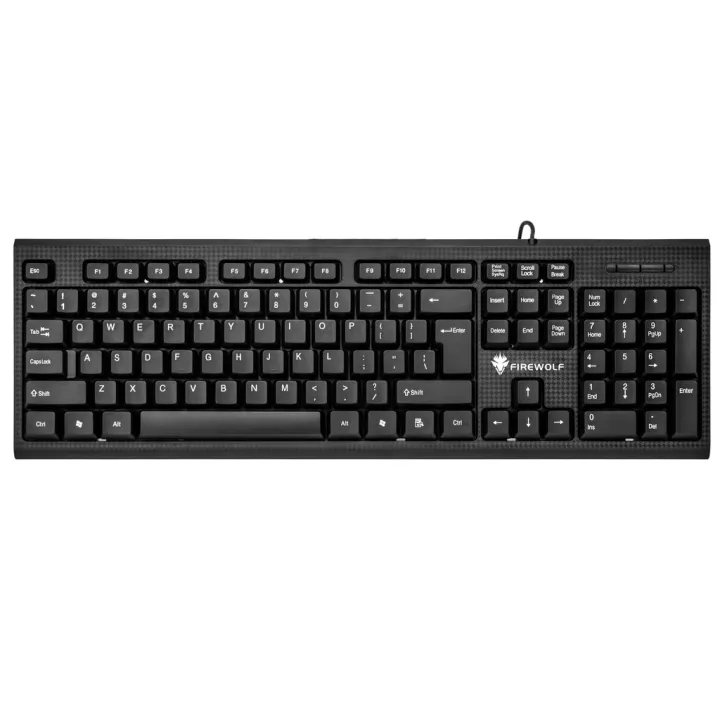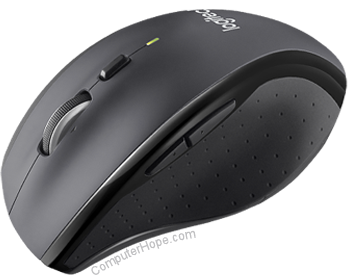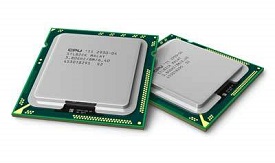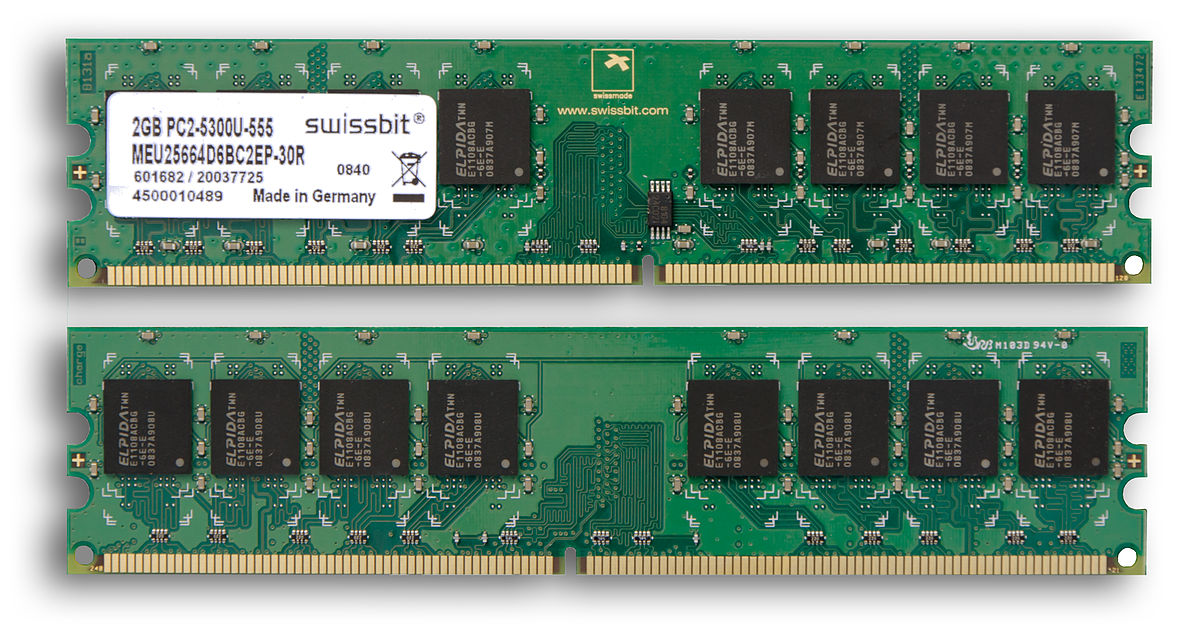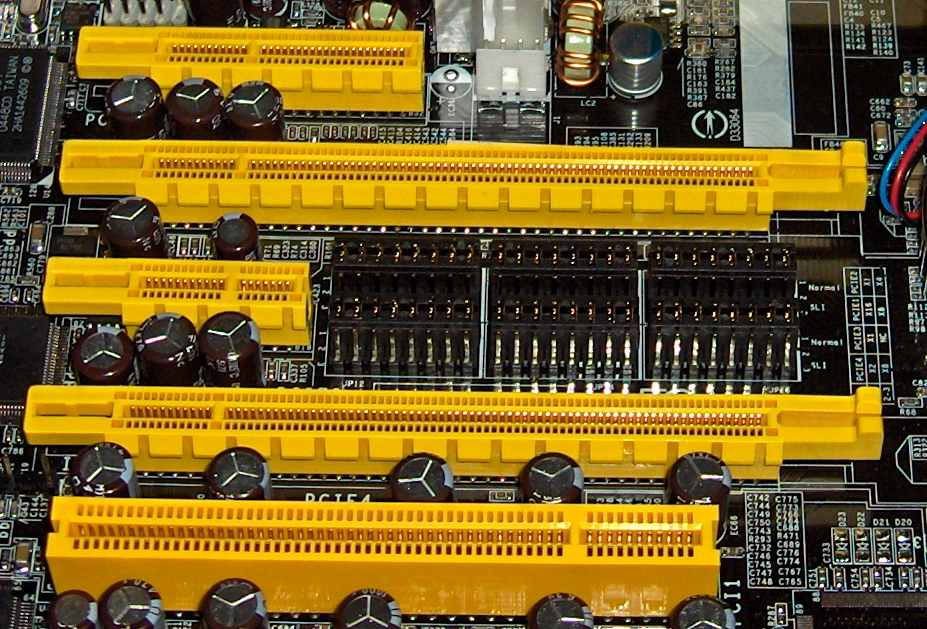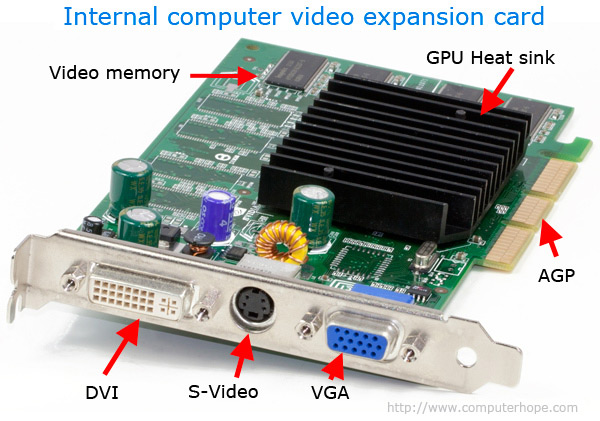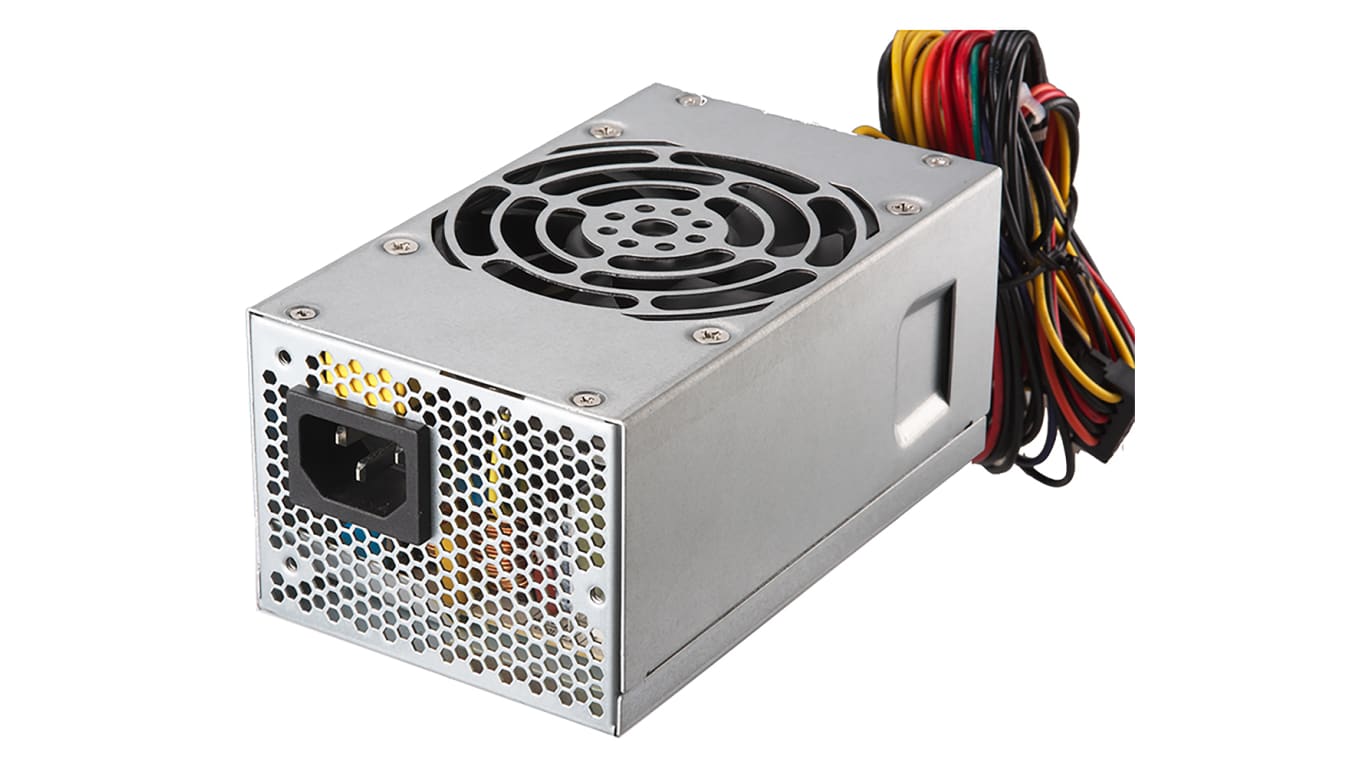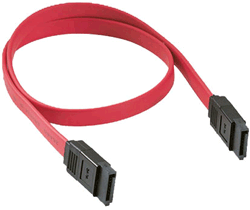| Name |
Image |
Function |
| CPU SOCKET |
|
Also known as a CPU slot, the CPU socket is used to connect a microprocessor with a printed circuit board (PCB) without soldering, allowing for the CPU to be installed or replaced more easily on the motherboard. |
| CHIPSET |
|
An electronic chipset manages the flow of data between components on a motherboard. It's the traffic controller between the CPU, GPU, RAM, storage, and peripherals. Experts have referred to it as the “glue” of the motherboard. |
| DIMM or RAM SLOT |
|
DIMM (dual in-line memory module) slots are the place on your motherboard where the RAM goes. As such, you may also see DIMM slots referred to as “RAM slots.” The more DIMM slots your motherboard has, the more RAM you can install. |
| PCIe x16 slot |
|
PCIe x16: The largest slots on the motherboard, these slots are used for cards that require a high bandwidth like GPUs. |
| PCIe x1 slot |
|
Motherboards often already have an ethernet built in. However, a PCIe x1 Wi-Fi card is one of the ways to add Wi-Fi connectivity to your computer. PCIe x1 slot can support all types of wireless cards, including the latest Wi-Fi 6 protocol. |
| M.2 Connector |
|
M. 2 SSDs are useful for someone who is building or upgrading a personal computer (PC) or laptop for use cases such as gaming, 3D animation, video editing or large file transfers. M. 2 supports multiple protocols and applications such as Peripheral Component Interconnect Express (PCIe) and SATA. |
| SATA ports |
|
Serial ATA (Serial Advanced Technology Attachment or SATA) is a command and transport protocol that defines how data is transferred between a computer's motherboard and mass storage devices, such as hard disk drives (HDDs), optical drives and solid-state drives (SSDs). |
| Fronts pannel connectors |
|
Alternatively referred to as the fpanel or front panel connector, the system panel connector or system panel header controls a computer power button, reset button, and LED's. |
| USB 2. header |
|
USB headers refer to dedicated USB connectors on your motherboard that are used for USB ports on your PC case, usually front panel USB ports. Essentially, they are the end-point for connecting your external (Chassis) USB ports to the motherboard inside your PC through an extension cable. |
| USB 3.1 Gen 1 header |
|
USB 3.0, 3.1 Gen 1 and USB 3.2 Gen 1 are all the SAME, just different names revised over and over with different versions. They all use the specifications called SuperSpeed. |
| USB 3.1 Gen 2 header |
|
USB 3.0, 3.1 Gen 1 and USB 3.2 Gen 1 are all the SAME, just different names revised over and over with different versions. They all use the specifications called SuperSpeed. |
| ATX power connector |
|
ATX power connectors are designed to connect a computer's power supply to an ATX motherboard. They are constructed of metal pins laid throughout a nylon matrix. A female type ATX power connector extends from the ATX power supply to plug into the motherboard. |
| CPU power connector |
|
Power Connectors Defined. Power connectors are devices that allows an electrical current to pass through it for the exclusive purpose of providing power to a device (not a data stream, for example, or anything more complex). |
| BIOS chip |
|
BIOS (basic input/output system) is the program a computer's microprocessor uses to start the computer system after it is powered on. It also manages data flow between the computer's operating system (OS) and attached devices, such as the hard disk, video adapter, keyboard, mouse and printer. |
| CMOS battery |
|
The CMOS battery powers your laptop's BIOS firmware, which is responsible for booting up your computer and configuring data flow. You can tell if your CMOS battery has died if your laptop has difficult booting up, if drivers disappear, and if your laptop's date and time are incorrect. |
| Fan headers |
|
CPU_FAN headers are used to power the fan of your CPU. They typically have four pins, which means their speed can be adjusted based on the CPU temp data, either through dedicated software, BIOS, or the operating system itself. |
| Front panel header |
|
Alternatively referred to as the fpanel or front panel connector, the system panel connector or system panel header controls a computer power button, reset button, and LED's. |
| VRM heatsink |
|
Heatsink helps to dissipate heat from the VRM. As processors increase in power, so does heat dissipated by the VRM. This makes VRM cooling more challenging than ever. |
| COM/Serial header |
</td>
| used to connect a serial device to the computer and capable of transmitting one bit at a time. Serial ports are usually identified on IBM compatible computers as COM (communications) ports. For example, a mouse might connect to COM1 and a modem to COM2. |
| TPM header |
|
The TPM can store artifacts for authenticating your PC, such as passwords, encryption keys and certificates. In addition, the TPM can store protocols for ensuring the security of your PC. This includes authentication, or making sure your PC is truly your PC, and attestation, or making sure a PC hasn't been breached. |
| RGB header |
|
RGB or ARGB headers are both used to connect LED strips and other 'lighted' accessories to your PC. That's where their similarity ends. An RGB header (usually a 12V 4-pin connector) can only control colors on a strip in a limited number of ways. |
PARTS OF THE COMPUTER
| NAME |
IMAGE |
FUNCTIONS |
| MONITOR |
|
A computer monitor is an output device that displays information in pictorial or textual form. A discrete monitor comprises a visual display, support electronics, power supply, housing, electrical connectors, and external user controls. |
|
| KEYBOARD |
|
A computer keyboard is an input device used to enter characters and functions into the computer system by pressing buttons, or keys. It is the primary device used to enter text. A keyboard typically contains keys for individual letters, numbers and special characters, as well as keys for specific functions. |
| MOTHERBOARD |
|
The motherboard is the backbone that ties the computer's components together at one spot and allows them to talk to each other. Without it, none of the computer pieces, such as the CPU, GPU, or hard drive, could interact. Total motherboard functionality is necessary for a computer to work well. |
| MOUSE |
|
A computer mouse is a handheld hardware input device that controls a cursor in a GUI (graphical user interface) for pointing, moving and selecting text, icons, files, and folders on your computer. |
| SPEAKER |
|
A computer speaker is an output hardware device that connects to a computer to generate sound. The signal used to produce the sound that comes from a computer speaker is created by the computer's sound card. |
| CPU(Central Processing Unit) |
|
The CPU is the brain of a computer, containing all the circuitry needed to process input, store data, and output results. The CPU is constantly following instructions of computer programs that tell it which data to process and how to process it. Without a CPU, we could not run programs on a computer. |
| MAIN MEMORY OR MEMORY |
|
Main memory holds instructions and data when a program is executing, while auxiliary memory holds data and programs not currently in use and provides long-term storage |
| EXPANSION BUS |
|
An expansion bus provides an input/output pathway for transferring information between internal hardware, such as RAM or the CPU, and expansion devices such as a graphics card or sound card. |
| ADAPTERS
A.LAN CARD
B.SOUND CARD
C.VIDEO CARD |
|
An adapter card (also known as an expansion card) is simply a circuit board you install into a computer to increase the capabilities of that computer. |
| POWER SUPPLY UNIT |
|
Specifically, a power supply converts the alternating high voltage current (AC) into direct current (DC), and they also regulate the DC output voltage to the fine tolerances required for modern computing components. |
| HARD DISK DRIVE(HDD) |
|
A hard drive is the hardware component that stores all of your digital content. Your documents, pictures, music, videos, programs, application preferences, and operating system represent digital content stored on a hard drive. Hard drives can be external or internal. |
| OPTICAL DRIVE |
|
An optical disc drive (ODD) in a computer system allows you to use CDs, DVDs, and Blu-ray discs to listen to music or watch a movie. Most drives also allow you to write data to a disc, so you can create your own music CDs, video DVDs or even create of back-up copy of your important data files. |
| CPU Fan and Heat sink |
|
A heat sink and fan is often used in modern computer systems to keep the processor cool. Without it, the processor could easily overheat and become damaged. Therefore, this combination is often found in most low- to mid-range computer systems, and even in high-end notebooks. |
| EIDE(Enchanced Integrated Drive Electronics)data cable |
|
EIDE cables are used to connect older-style PATA hard drives and other PATA devices such as optical drives, tape drives, or ZIP drives to the computer's motherboard. Traditionally, IDE cables were flat, gray, ribbon-type connectors. Older (ATA-33) IDE cables had 40 conductors and forty pins. |
| SA-TA data cable |
|
SATA data cables are used to connect storage devices to your computer's motherboard ("mobo") or SATA controller. |
ANO NGA BA ANG ICT? AT ANO ANG MGA BENEPISYO NITO SA MGA MAG AARAL? 👉Ang ICT Strand sa Senior High School ay nagbibigay ng kaalaman at kas...

|


